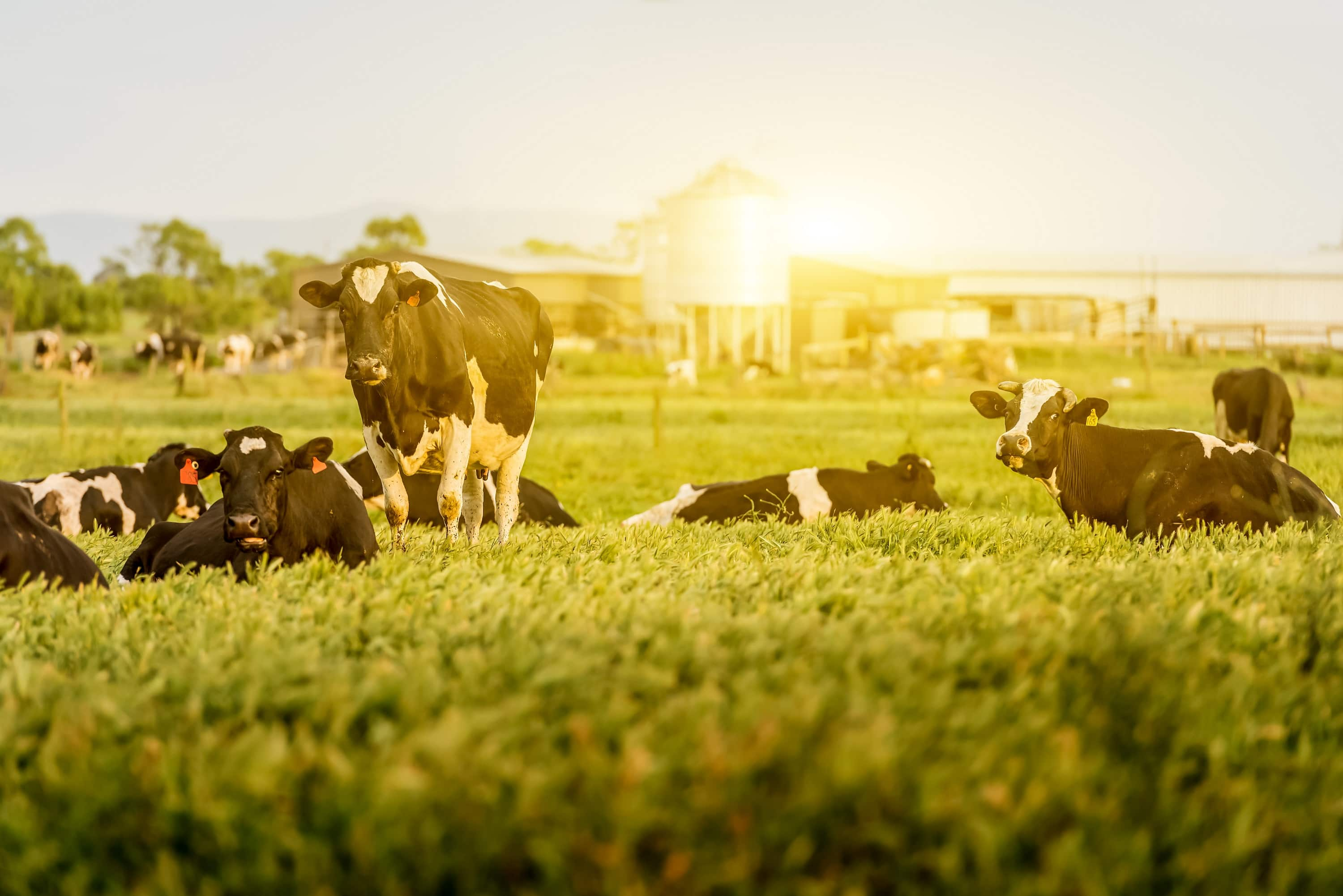In both FDA's investigation report related to E. coli O157:H7 and leafy greens, as well as a letter to the Florida Fruit and Vegetable Growers Association related to Cyclospora, FDA stated that the organisms of concern may be "known or reasonably foreseeable hazards." This is a term that does appear in the Produce Safety Rule, but is likely more familiar to those with a background in HACCP and who've conducted hazard analyses in accordance with the Preventive Controls Rule.
So what is a "reasonably foreseeable hazard" in the context of a growing environment? And what is the implication to others in the supply chain? A subgroup of the United Fresh food safety council was able to have a conversation with FDA on this topic, and the synopsis below reflects our interpretation of the discussion.
- The term signals FDA's concern about an issue and indicates an escalation of urgency.
- It's not a one-size-fits-all. The exact language of the letter regarding Cyclospora notes that the detection "may constitute a known or reasonably foreseeable hazard." In the E. coli report, FDA states that the strain "appears to be" a known or reasonably foreseeable hazard. This means that the designation is not absolute, and the assessment should be done on a case-by-case, ranch-by-ranch basis, versus an incrimination of an entire growing region.
- This term should prompt growers to re-evaluate potential sources of the hazard, routes of contamination and implementation of controls.
- This includes recognizing the importance of adjacent and nearby land use, and adequately assessing risk. This evaluation should consider if the hazard is reasonably likely to occur based on a farm's individual policies, procedures and practices. Growers should move beyond a "check the box" approach in conducting this evaluation.
- The onus is on the grower to demonstrate the adequacy and effectiveness of controls.
- Companies regulated under PCHF purchasing produce from growers where this term has been used should consider how this may impact their hazard analysis. Consider this proclamation a trigger to reevaluate the food safety plan, especially when it comes to supply chain controls.
It's clear that no matter what your role is in the produce supply chain, the term "reasonably foreseeable hazard" is here to stay, and it indicates repeated concerns of FDA relative to the produce industry. FDA is increasingly publishing outbreak investigation reports, and we expect this term could be used to continue to encourage heightened attention to hazards, so that their risk can be evaluated and managed.
